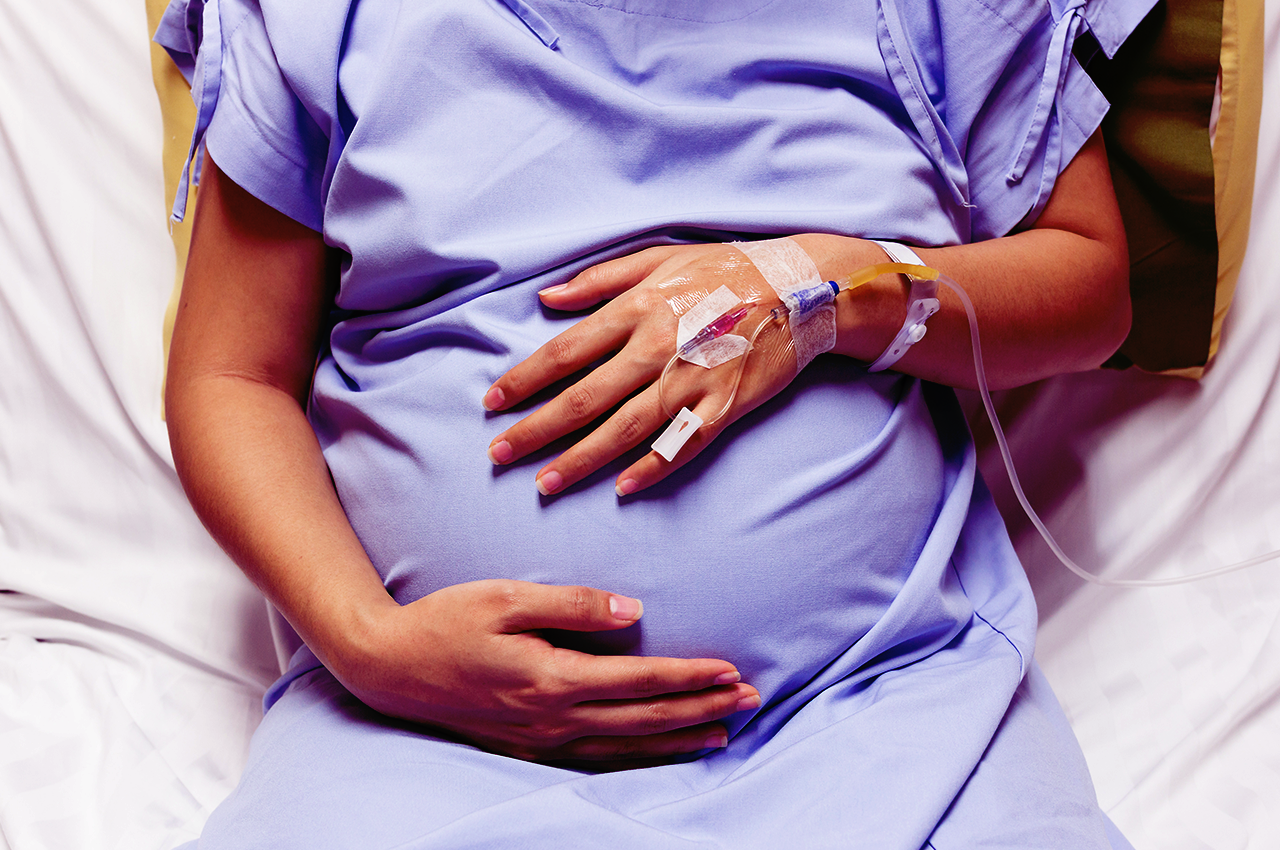Many mothers experience immense contentment and love after giving birth, but for some new moms, this time can be stressful, worrying and may cause depression.
Unlike the “baby blues”, which is related to hormonal changes after birth, “postpartum depression” (PPD) is a clinical mood disorder that can affect women after childbirth.
After giving birth, oestrogen and progesterone levels in a woman’s body drop drastically. This leads to chemical changes in the brain that may trigger mood swings.
Common symptoms include:
- Feeling sad, hopeless, and/or overwhelmed
- Trouble sleeping and eating
- Feelings of guilt and worthlessness
- Fatigue
- Losing interest in things you once enjoyed
- Withdrawal from family and friends
- Lack of interest in your baby
- Thoughts of hurting yourself or your baby
Sleep deprivation can lead to physical discomfort and exhaustion, which further contribute to the symptoms of postpartum depression.
The most effective ways to treat the condition is through medication like antidepressants, psychotherapy to help with underlying psychological factors and triggers, and support groups.
In addition to these medical interventions, there are also many natural ways a new mom can manage her symptoms PPD.
Eat right
Poor eating habits can throw your system out of whack. Processed or fried foods, sugary treats, refined grains, and alcohol are linked with a higher likelihood of depression or anxiety disorders. Instead, fill up with plenty of liquids like water, milk, and fruit juice. Eat foods that have protein, like milk, cheese, yoghurt, meat, fish and beans. Protein-rich foods help you recover from childbirth and keep your body strong.
Up your vitamins
Omega-3 fatty acids are one of the most common supplements used to naturally treat depressive symptoms.
According to research, there’s growing clinical evidence that suggests a low dietary intake or tissue levels of Omega-3 fatty acids are associated with postpartum depression. Omega-3 benefits include helping to relieve depression and feelings of anxiety.
Seafood is a good source of DHA. Flaxseed oil is a great source if you’re a vegetarian. Alternatively, you can find supplements at your pharmacy.
Get active!
Any kind of physical activity helps release endorphins. These feel-good chemicals calm you by improving your mood, increasing your body temperature and lowering your perception of pain. Moderate exercise is very helpful for women with postpartum depression. Taking a walk with your child is an excellent strategy and a way to bond with your baby. Bundle your little one up in a pram and you’ll be good to go. Yoga will also help you relax and help you deal with postpartum depression.
Let the sunshine in!
Sunlight is a mood-enhancing vitamin. Take baby for a walk outside and bask in the much-needed Vitamin D.
Avoid isolation
Speak to your partner, family and friends about how you’re feeling and let them know you need help. Talk to other mothers about their experiences, too. Ask about parenting skills that include caregiving techniques to improve your baby’s sleep and soothe any fussing and crying throughout the day and night. The more you are able to sleep, the better you will feel.
When to see your doctor
PPD is marked by deeper and longer-lasting feelings of sadness and agitation. Being in a state of sadness can get worse and escalate to chronic depression without medical help. Make an appointment with your doctor if you notice feelings of depression after birth, especially if they don’t go away after a couple of weeks or get worse with time.
If you feel disoriented or confused, are experiencing obsessive thoughts about your baby, paranoia, or hallucinations, see your doctor immediately. These could be signs of a more severe condition called postpartum psychosis.
References:
- https://chriskresser.com/how-to-ease-symptoms-of-postpartum-depression-with-natural-treatments/
- https://www.nimh.nih.gov/health/publications/postpartum-depression-facts/index.shtml
- https://www.healthline.com/health/pregnancy/natural-remedies-for-postpartum-depression#natural-remedies
- http://www.parenthelp123.org/pregnancy/after-pregnancy/postpartum-nutrition
- https://draxe.com/postpartum-depression/
- https://www.healthline.com/health/depression/how-to-deal-with-postpartum-depression#support-networks




